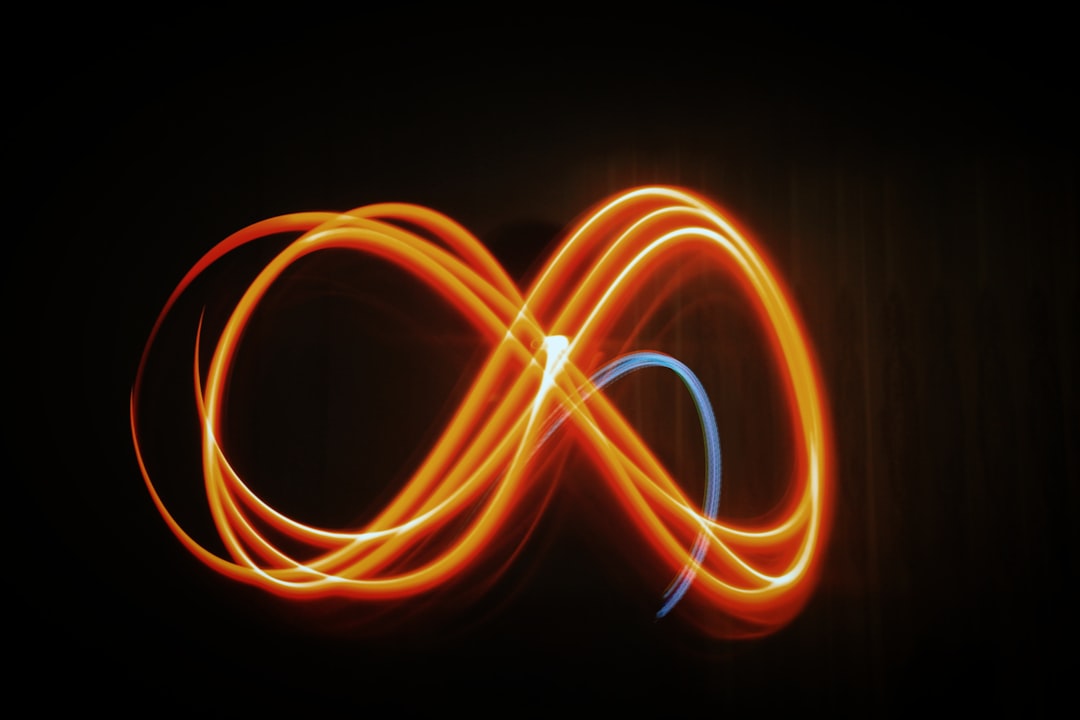What is it about?
We experimentally observe Faraday wave patterns in a square container subjected to vertical vibrations with frequencies (10 ≤ F ≤ 80 Hz) and amplitudes (0.1 ≤ A ≤ 3 mm). Statistical analysis of liquid surface images reveals tessellation patterns with varying regularity and tile shapes based on frequency ranges. Changing the container size significantly affects waveforms and amplitudes despite periodicity with a dominant subharmonic frequency f = F/2.
Featured Image

Photo by Daniele Levis Pelusi on Unsplash
Why is it important?
In our study, we explored driving frequencies ranging from 10 Hz to 80 Hz and forcing amplitudes between 0.1 mm and 3 mm. We specifically examined the influence of container size on the characteristics of the surface waves, focusing on containers with base areas of 10 × 10 cm² and 20 × 20 cm². By utilizing a high-speed camera, we captured time series images of the liquid surface and employed statistical analysis to determine the waveforms. This involved calculating the time variation of the Pearson correlation coefficient between successive images. Furthermore, we employed a fast Fourier transform (FFT) on the time-dependent Pearson correlation coefficients to derive the frequency spectra for all experimental tests. Our key findings can be summarized as follows: The patterns that emerge across the entire liquid surface when Faraday waves are excited exhibit properties that depend on the size of the container. The parametric region in which Faraday wave patterns are excited undergoes changes with variations in container size. This phenomenon arises due to the dissipating effects of capillary waves, demanding more energy to excite Faraday waves within smaller containers compared to larger ones. Forcing amplitude and frequency ranges are established where different patterns are defined, being these square, robotic and even regular and irregular tessellations. Analysis utilizing the Pearson correlation and FFT revealed that all surface waves displayed periodicity with a dominant subharmonic frequency defined as f = F/2. However, for a given set of forcing parameters, the waveforms and their amplitudes were strongly influenced by the size of the container.
Perspectives
Based on a weakly nonlinear stability analysis of stationary solutions, derived from the dispersion relation proposed by Rajchenbach and Clamond28 for Faraday waves with nonzero forcing and dissipation, we determined that variations in liquid depth impact the form and amplitude of the excited waves. Consequently, future investigations will focus on establishing a statistical correlation between the liquid content and the size of wave crests. Additionally, conducting similar experimental tests using hydrophobic containers significantly smaller than those utilized in this study will be of interest. Such tests would enable the isolation of the effects of capillary waves from the Faraday waves.
Dr. Franklin Wladimir Peña-Polo
Center for Research and Advanced Studies of the National Polytechnic Institute
Read the Original
This page is a summary of: Statistical analysis of observed Faraday wave patterns, AIP Advances, June 2023, American Institute of Physics,
DOI: 10.1063/5.0155502.
You can read the full text:
Contributors
The following have contributed to this page










